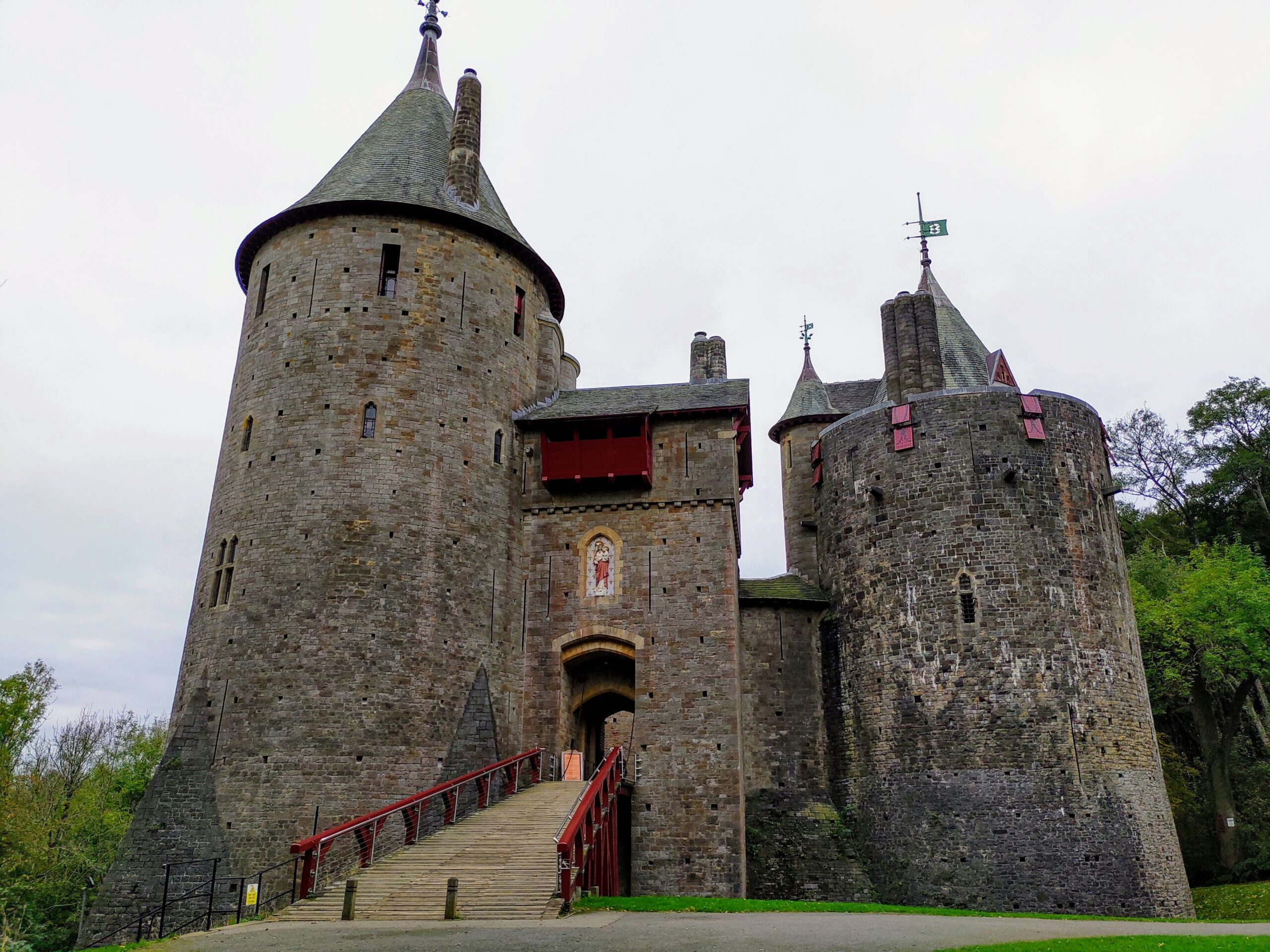Castell Coch History – A Fairytale Castle in Wales
Castell Coch, also known as the ‘Red Castle’, is located just north of the village of Tongwynlais in Cardiff. Today stands a very impressive and fairytale-like 19th century High Victorian Gothic castle, which is often referred to as a ‘plaything’ for the rich and powerful. The castle’s history goes back much further as the current structure stands on the remains of a 13th century castle which in-turn replaced an 11th century Norman castle.
| Built | 19th Century (Original Castle 11th Century) |
| Type | Gothic Revival |
| Condition | Intact |
| Ownership | Cadw |
| Access | Public – Fee |
Click here to watch our video tour of Castell Coch and discover it’s history
Norman Castle
Wales was not part of the Norman invasion of England in 1066 but by the 1080s the Normans and William I did start to turn their attention towards Wales and began co-ordinated and assertive incursions. South Wales was soon targeted and after conquering the town of Cardiff the Normans founded a castle there in the early 1080s on the site of a former Roman fort. To help protect Cardiff castle, a number of subsequent fortifications were constructed in the surrounding area, one of which included Castell Coch.
Castell Coch was built in a raised position that overlooked the River Taff with the purpose of dominating the high ground and controlling the route that went along the river. As with a lot of Norman fortifications it was an earth-work and timber construction.
It would have remained an important fortification until the 1090s by which time Robert FitzHamon, Baron of Gloucester had attacked the Welsh Kingdom of Morgannwg, built a castle at Newport and subsequently moved into the Vale of Glamorgan. As he seized more and more land in Glamorgan the frontier between the Norman and Welsh forces moved further away from Cardiff and Castell Coch. The castle was likely abandoned at this point.
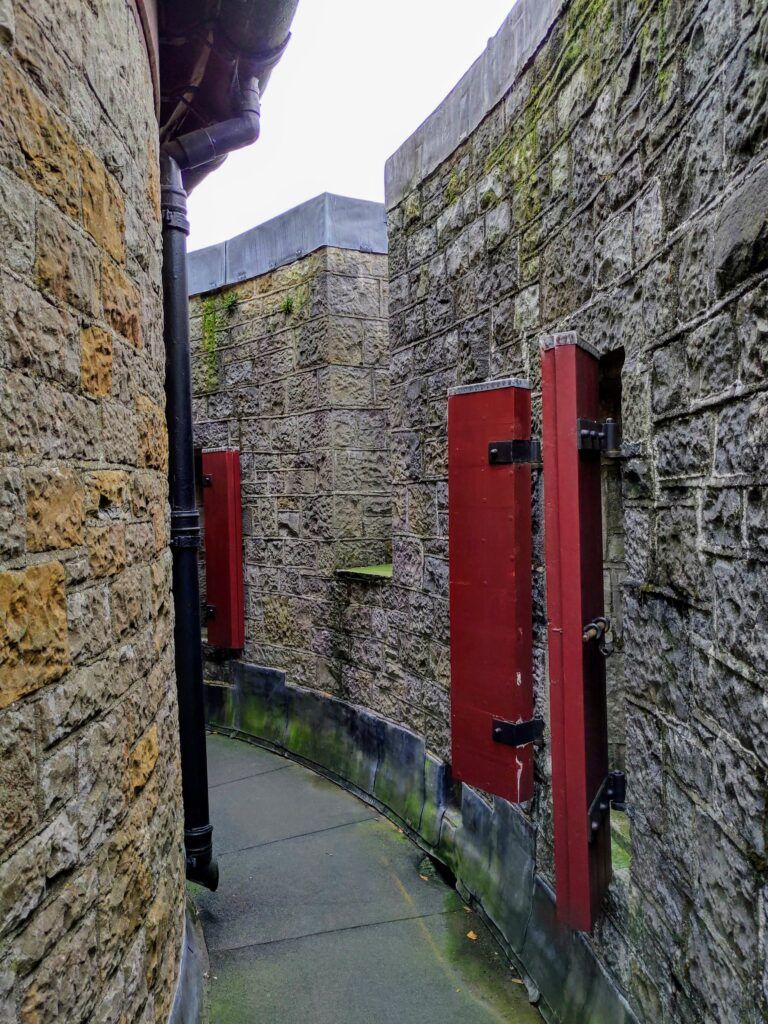
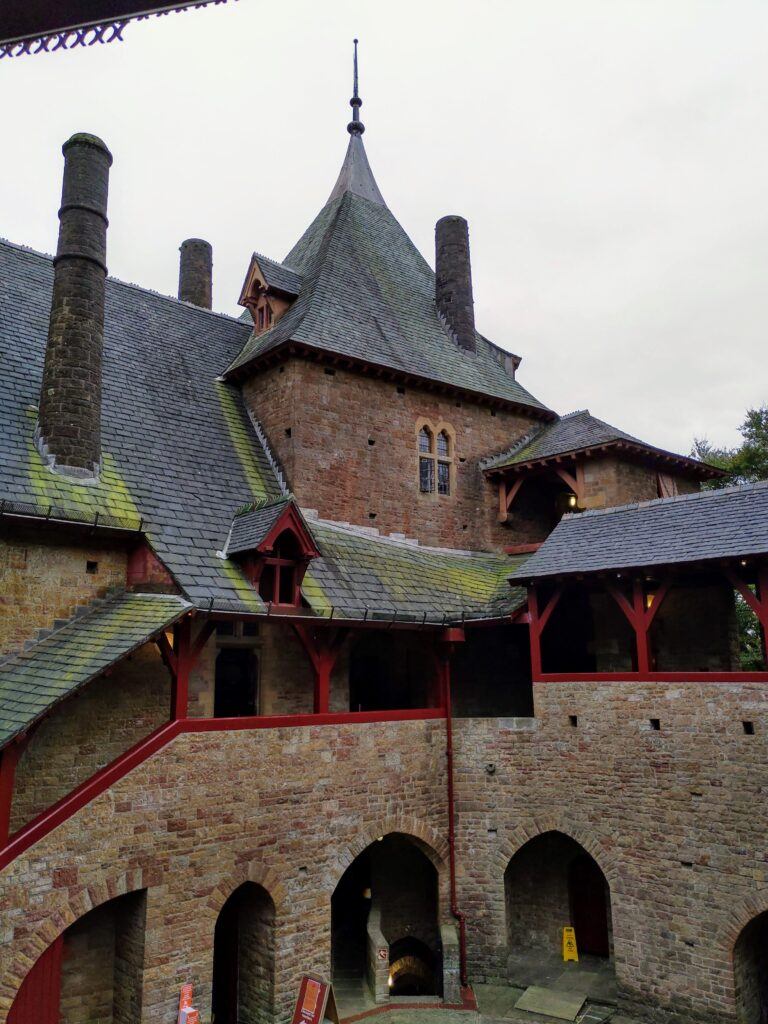
13th Century
By this time the castle was in the hands of the powerful Clare family and Gilbert de Clare, the 7th Earl of Gloucester who had already built Caerphilly castle, rebuilt the castle using the original motte to further secure the Welsh lands he had seized. The new construction was of stone and consisted of a circular Keep with a shell-wall, a gatehouse and a square hall.
Between 1268 and 1277 further work followed, two large towers were built and a turning-bridge for the gatehouse. The north-west walls were also additionally fortified.
The stone used for this reconstruction was sandstone and after the death of Gilbert the castle started to be known by its medieval name of ‘Castrum Rubeum’, which in Latin means ‘Red Castle’. The castle passed onto Gilbert’s widow, Joan of Acre, and in 1307 Gilbert’s son (also called Gilbert), the 8th Earl of Gloucester inherited it. In 1314 the 8th Earl died at the Battle of Bannockburn and the castle was attacked during a subsequent Welsh Rebellion. It is suggested that the rebels slighted or even destroyed the castle so that it could no longer be used. The site fell into ruin and was abandoned until the 19th century.

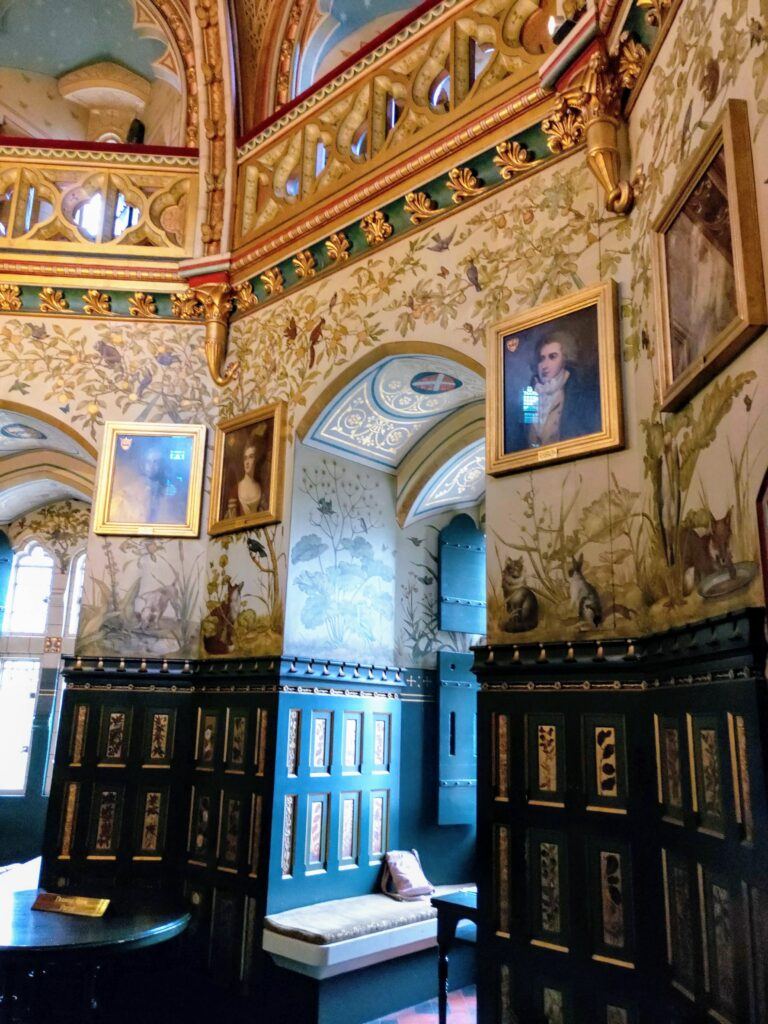
18th & 19th Century
The castle ruins were acquired by John Stuart, 3rd Earl of Bute in 1760 and in 1848 the castle was inherited by John Crichton-Stuart, the 3rd Marquess of Bute who at the time was one of the most affluent men in Britain. He was fascinated in architecture and commissioned one of the great Victorian art-architects, William Burges, to do a full reconstruction of the castle. Burges had already been involved with the regeneration of the nearby Cardiff Castle and for Castell Coch he was essentially given complete freedom over the construction. The result of this was the fantasy-like Gothic structure that is present today.
The reconstruction was started in 1875 and by 1879 the majority of the external work had been completed. It started with the rebuilding of the Kitchen Tower, Hall Block and shell wall, followed by the Well Tower and Gatehouse and then finally the Keep Tower.
Inside, many of the furniture, fittings and decorations were designed by John Chapple, a stonemason and architect who worked for Burges as his office manager. Burges also had a chief artist, Horatio Lonsdale, who painted many of the castle murals, and had two key main sculptors, Thomas Nicholls and Ceccardo Fucigna.
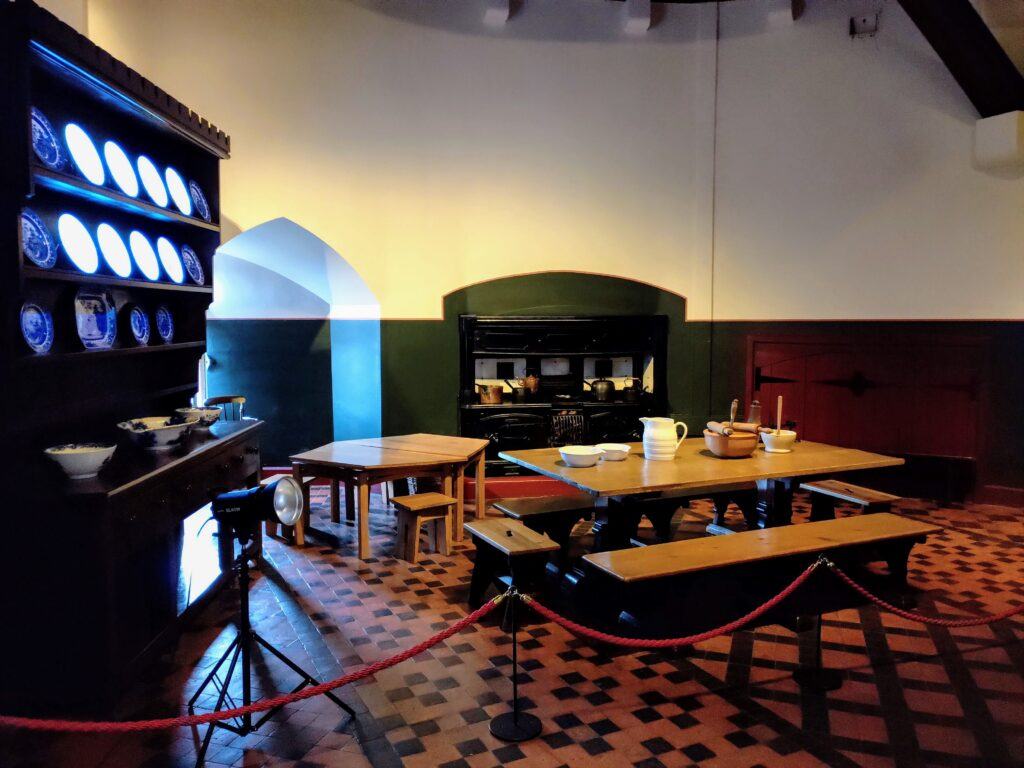
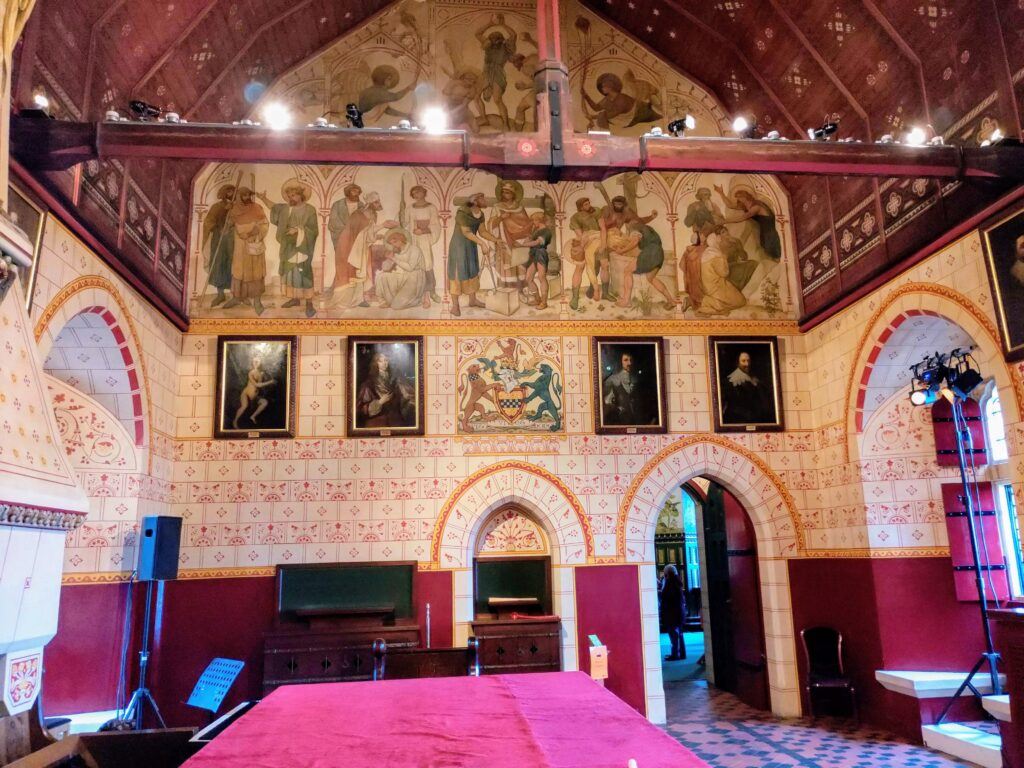
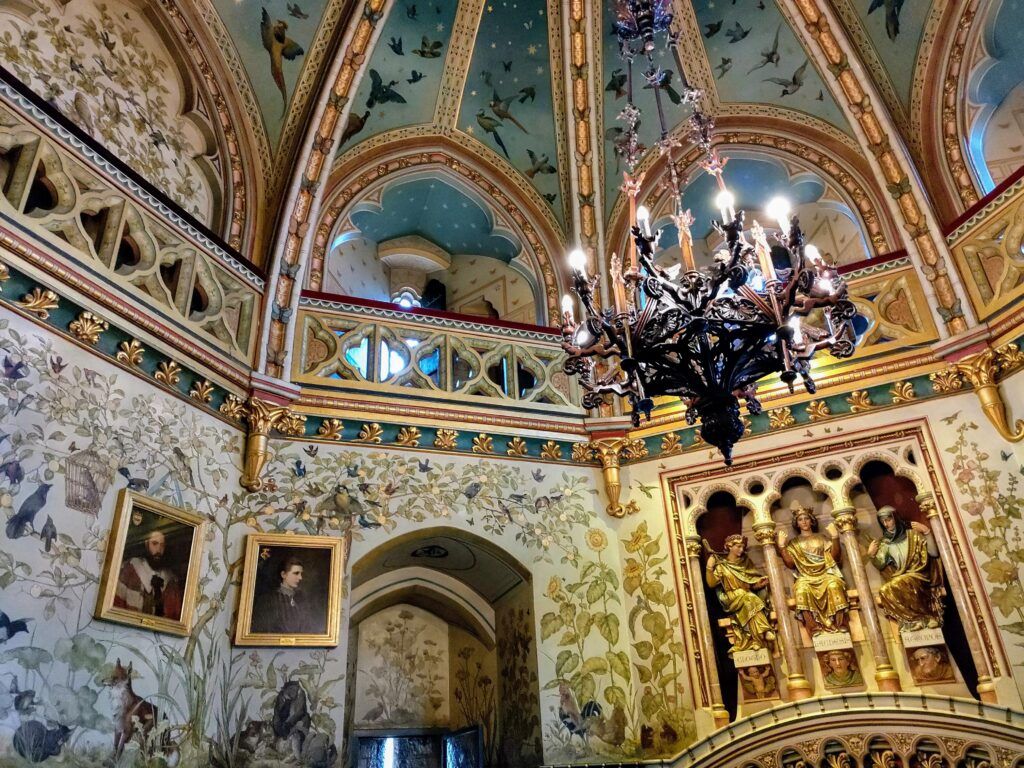
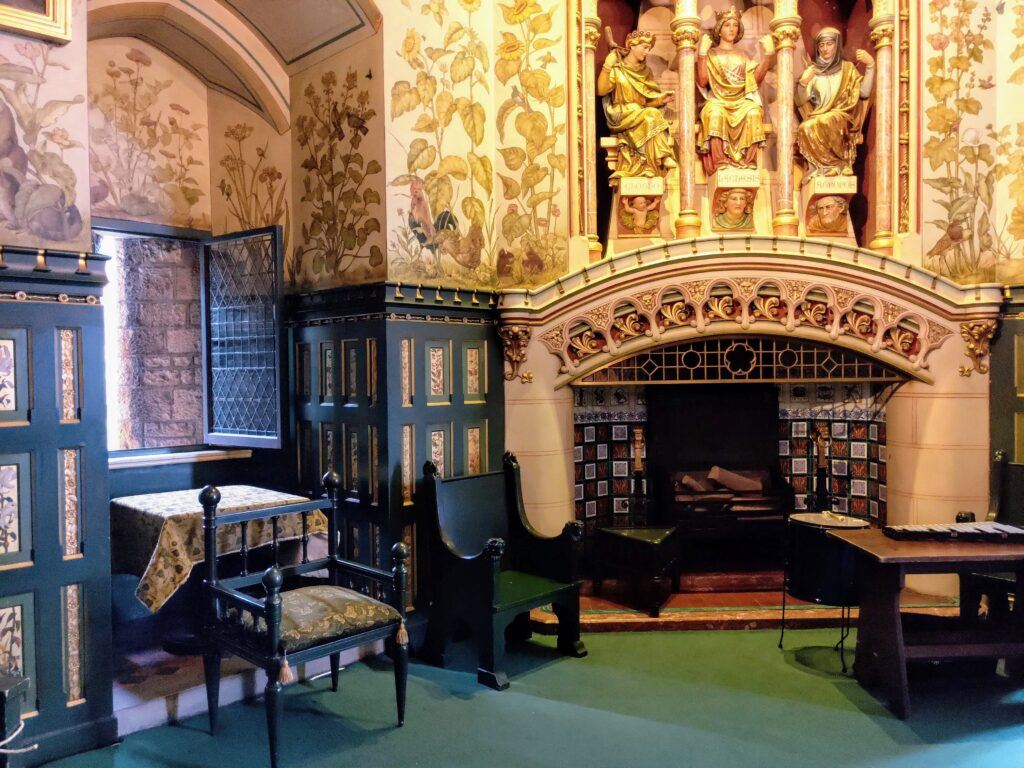
When it came to the gardens, Bute wanted to re-introduce grape vines to Britain. He sent his gardener, Andrew Pettigrew, to France to be trained and on his return in 1875 planted 1 3 acre vineyard just beneath the castle. In the first few years the yield was quite poor in terms of both quantity of bottles and taste, but by 1887 things improved with an output of 3,000 bottles of reasonable quality white wine.
Burges didn’t see out the full restoration of the castle. He passed away after catching a chill during a visit to the castle in 1881. His brother-in-law Richard Pullan, also an architect, took over and delegated most of the work to Frame. This arrangement continued on the interior until its completion in 1891. Once completed the castle was not used much with the family only occasionally visiting.
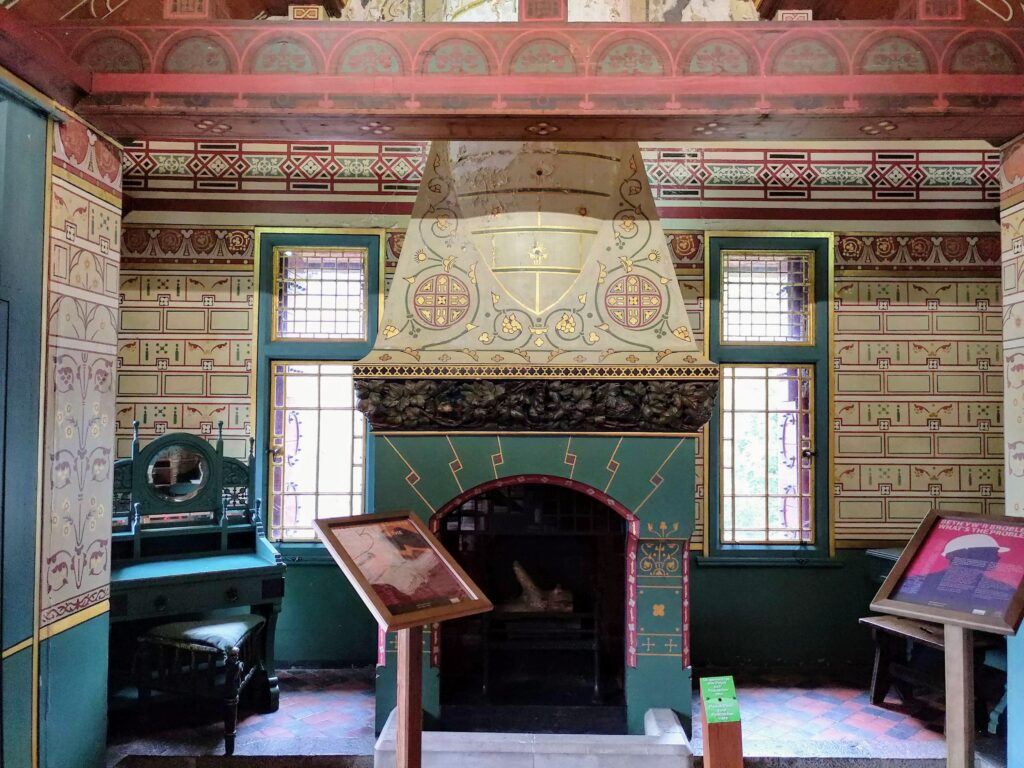
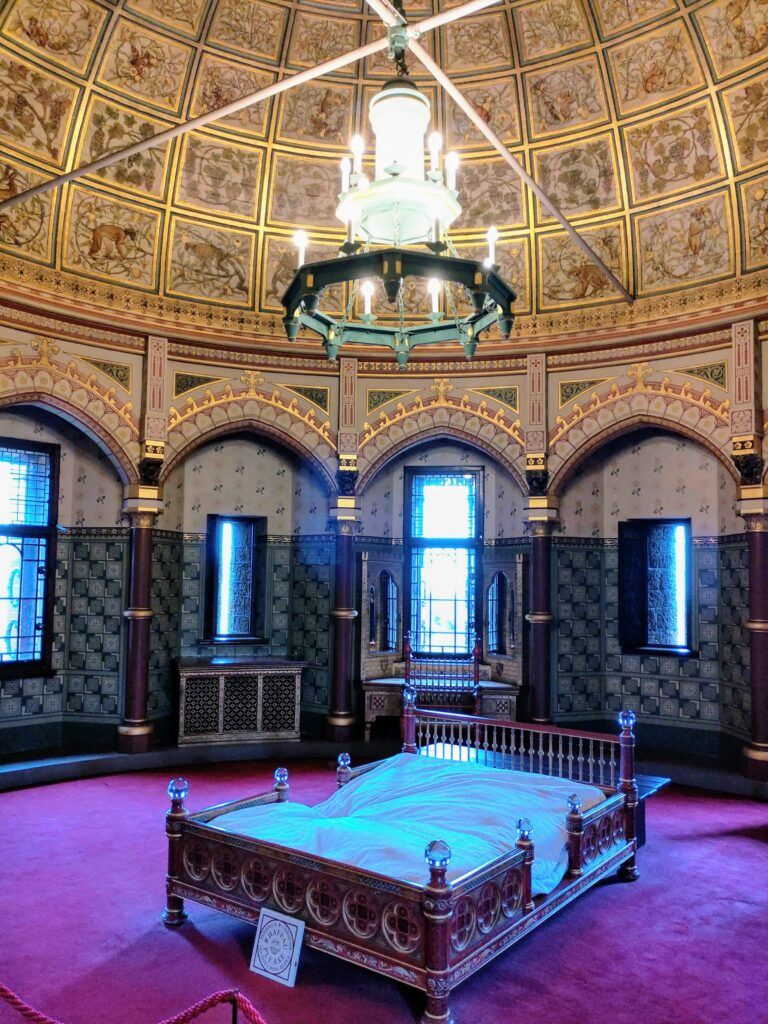
20th & 21 Century
In 1900 Bute died and gave the castle to his widow, the Marchioness. She and her daughter made occasional visits.
John Crichton-Stuart, the 4th Marquess of Bute acquired the castle in 1932 but also made little use of it and in 1950, 5th Marquess of Bute (also called John) placed the castle in the care of the Ministry of Works. Much of the family artwork was moved by the ministry to Cardiff Castle which had by now been given to the city by John.
Today the site is administered by Cadw and has been since 1984 and is open to the public.
Postcode CF15 7LL
Click below to watch our video on the history and exploring Castell Coch
Click here to read our blog post about exploring Castell Coch

